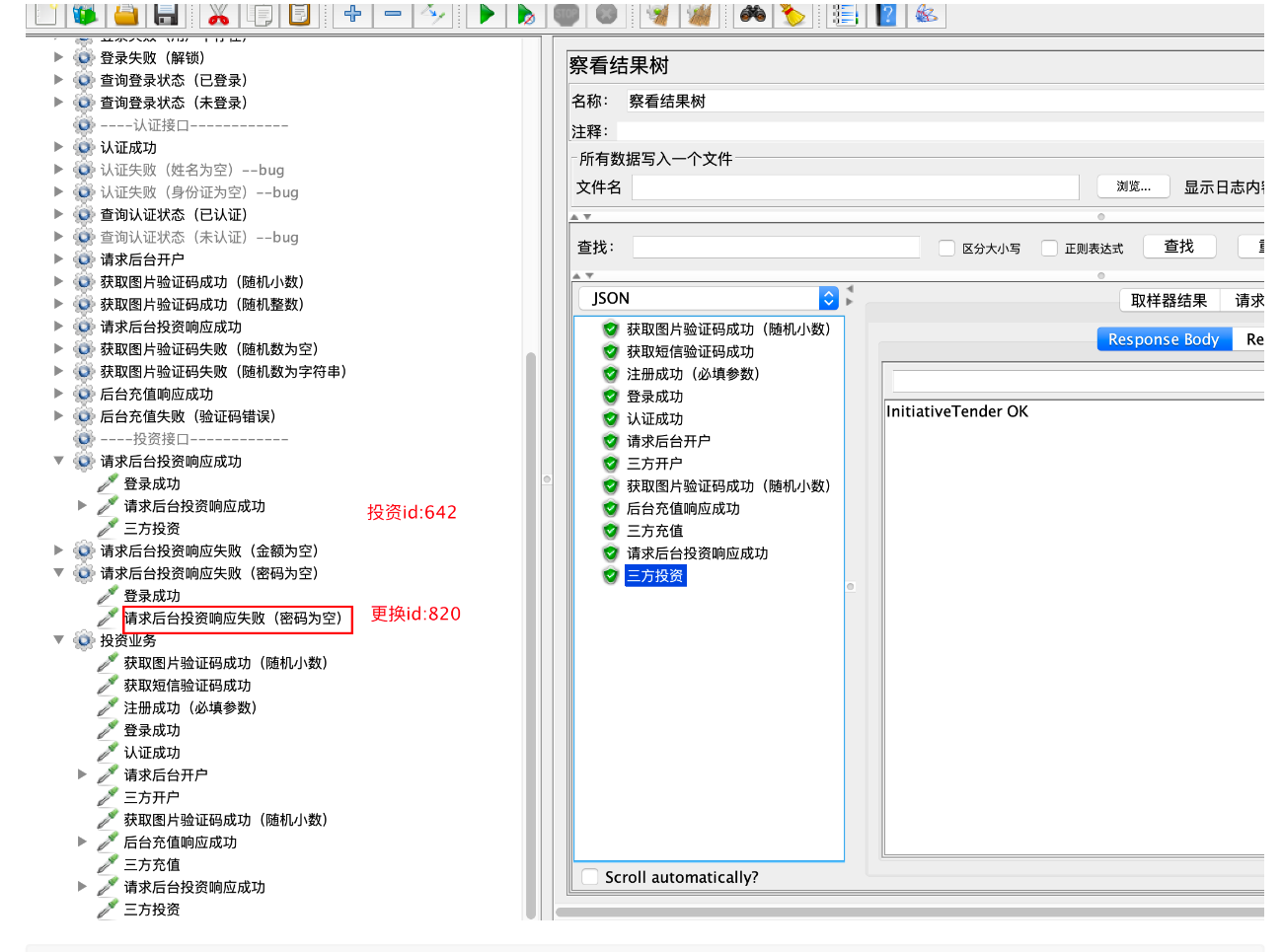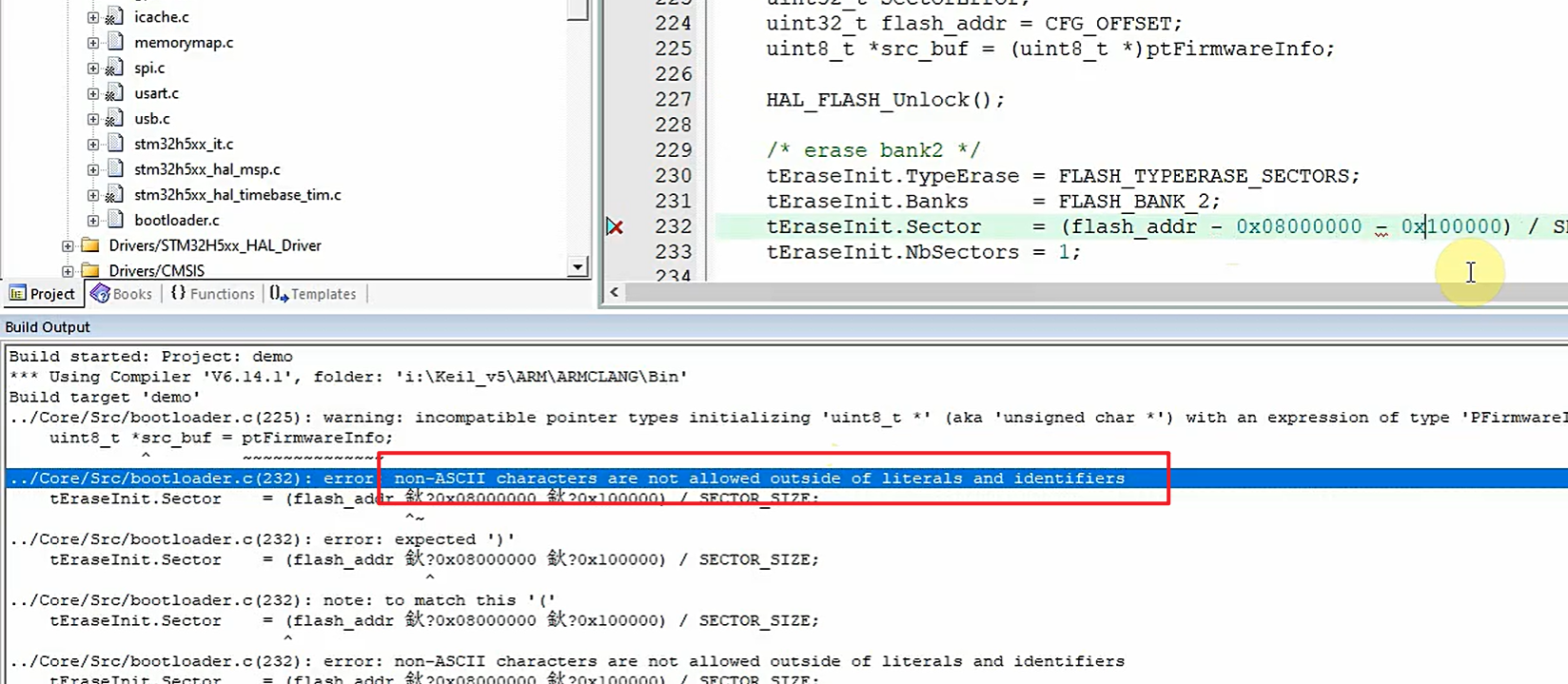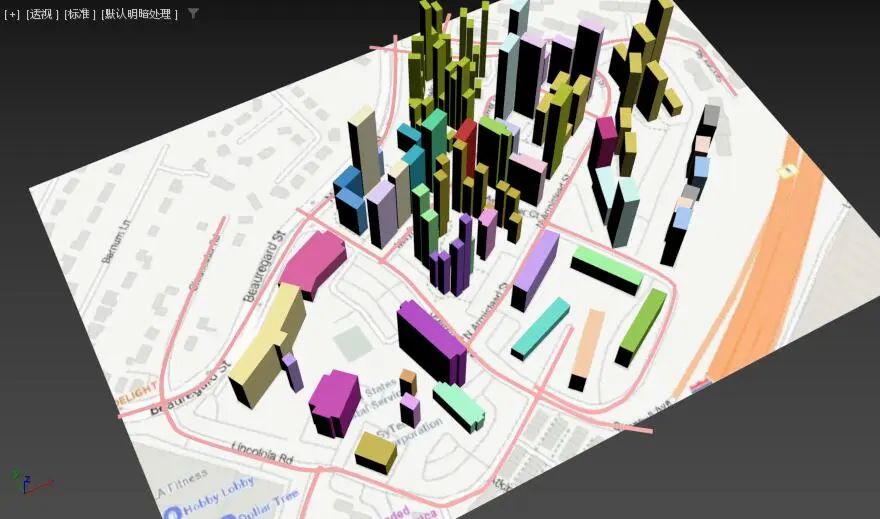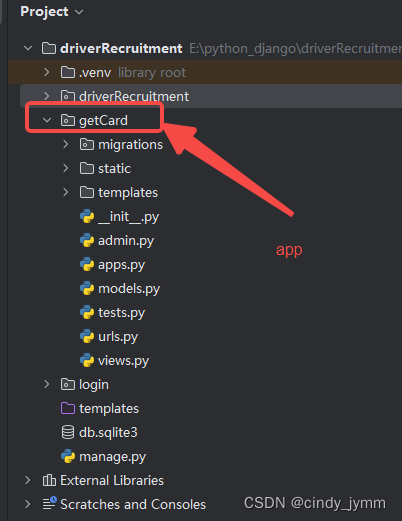嵌套滚动的机制
目前的结构是这样的,整个页面是一个大的tableView,
Cell 是整个页面的大小,cell 中嵌套了一个tableView
通过测试我们发现滚动的时候,系统的机制是这样的,
我们滑动内部小的tableView, 开始滑动的时候,如果内部小tableview没有滑到最大偏移量(contentSize.height - bounds.size.height)
我们滑动
内部小的tableView的时候, 如果该方向上外层tableView没有滚动到
最后一个(向上滚动的时候是第一个), 则内部tableView滚动到最大偏移量的时候直接带动外层
tableView滚动,如果外城是pagingEnabeled 的话,则外层的展示一个弹性效果,
如果内部的滚动到边界的时候,外层的tableView已经滚动到头了,则内部的tableView
展示一个弹性效果。
如果我们开始滑动内部小的tableView的时候,tableView在该方向上已经滚动到头了,则直接执行外层tableView的滚动,
如果外层在该方向上没有到头,则滚动外层tableView, 如果外层tableView在该方向上已经滚动到头了,则外层tableView
展示一个弹性效果
这个时候就有一个问题,就是正常的情况下,如果我们滑动内部 小的tableView, 如果开始滑动的时候, 内部的tableView 没有滚动
到尽头,我们滑动其滚动到尽头的时候,根据上面的机制,就会带动外层的tableView滚动,这是我们不想看到的,
所以我们可以这样, 内部的tableView没有滚动到尽头的时候,开始拖动这个时候,会执行内层的begindragging, 如果,
开始拖动的时候,内部的tableView已经滚动到尽头了,则会直接执行外层begindragging, 由此,我们可以
在内层tableView 的 begingdragging 代理方法开始执行的时候,禁止外层的tableView滚动,在内层的停止滚动之后,
再允许外层的滚动
这个效果图是自然状态下的效果

这个效果是经过我们处理之后的效果,滑动内部的时候,不会
引起外层的滚动

//
// LBDouyinCell.m
// TEXT
//
// Created by mac on 2024/7/7.
// Copyright © 2024 刘博. All rights reserved.
//
#import "LBDouyinCell.h"
@interface LBDouyinCell () <UITableViewDelegate, UITableViewDataSource>
@property (nonatomic, strong) UITableView *commentTableView;
@property (nonatomic, strong) UILabel *titleLabel;
@end
@implementation LBDouyinCell
- (instancetype)initWithStyle:(UITableViewCellStyle)style reuseIdentifier:(NSString *)reuseIdentifier
{
if (self = [super initWithStyle:style reuseIdentifier:reuseIdentifier]) {
[self setUpUI];
}
return self;
}
- (void)setUpUI
{
[self.contentView addSubview:self.commentTableView];
[self.contentView addSubview:self.titleLabel];
[self.commentTableView reloadData];
}
- (void)scrollViewWillBeginDragging:(UIScrollView *)scrollView
{
self.parentTableView.scrollEnabled = NO;
NSLog(@"阿哈哈哈内层的内层的scrollViewWillBeginDragging");;
}
- (void)scrollViewDidScroll:(UIScrollView *)scrollView
{
NSLog(@"哈哈哈哈哈内层的内层的scrollViewDidScroll");
}
- (void)scrollViewDidEndDecelerating:(UIScrollView *)scrollView
{
self.parentTableView.scrollEnabled = YES;
}
- (void)scrollViewDidEndDragging:(UIScrollView *)scrollView willDecelerate:(BOOL)decelerate
{
if (!decelerate) {
//self.parentTableView.scrollEnabled = YES;
}
}
#pragma mark - UITableViewDelegate, UITableViewDataSource
- (NSInteger)tableView:(UITableView *)tableView numberOfRowsInSection:(NSInteger)section
{
return 5;
}
- (CGFloat)tableView:(UITableView *)tableView heightForRowAtIndexPath:(NSIndexPath *)indexPath
{
return 60;
}
- (UITableViewCell *)tableView:(UITableView *)tableView cellForRowAtIndexPath:(NSIndexPath *)indexPath
{
UITableViewCell *cell = [tableView dequeueReusableCellWithIdentifier:NSStringFromClass([UITableViewCell class])];
cell.textLabel.text = [NSString stringWithFormat:@"哈哈哈这里是第%ld条", indexPath.row];
return cell;
}
- (void)updateWithTitle:(NSString *)title
{
self.titleLabel.text= title;
}
#pragma mark - lazy load
- (UILabel *)titleLabel
{
if (!_titleLabel) {
_titleLabel = [[UILabel alloc] initWithFrame:CGRectMake(0, 100, 200, 50)];
_titleLabel.backgroundColor = [UIColor magentaColor];
_titleLabel.text = @"我是标题";
}
return _titleLabel;
}
- (UITableView *)commentTableView
{
if (!_commentTableView) {
_commentTableView = [[UITableView alloc] initWithFrame:CGRectMake(0, 400, 200, 200) style:UITableViewStylePlain];
_commentTableView.contentInsetAdjustmentBehavior = UIScrollViewContentInsetAdjustmentNever;
[_commentTableView registerClass:[UITableViewCell class] forCellReuseIdentifier:NSStringFromClass([UITableViewCell class])];
_commentTableView.delegate = self;
_commentTableView.dataSource = self;
}
return _commentTableView;
}
/*
#pragma mark - Navigation
// In a storyboard-based application, you will often want to do a little preparation before navigation
- (void)prepareForSegue:(UIStoryboardSegue *)segue sender:(id)sender {
// Get the new view controller using [segue destinationViewController].
// Pass the selected object to the new view controller.
}
*/
@end
这里demo link



















